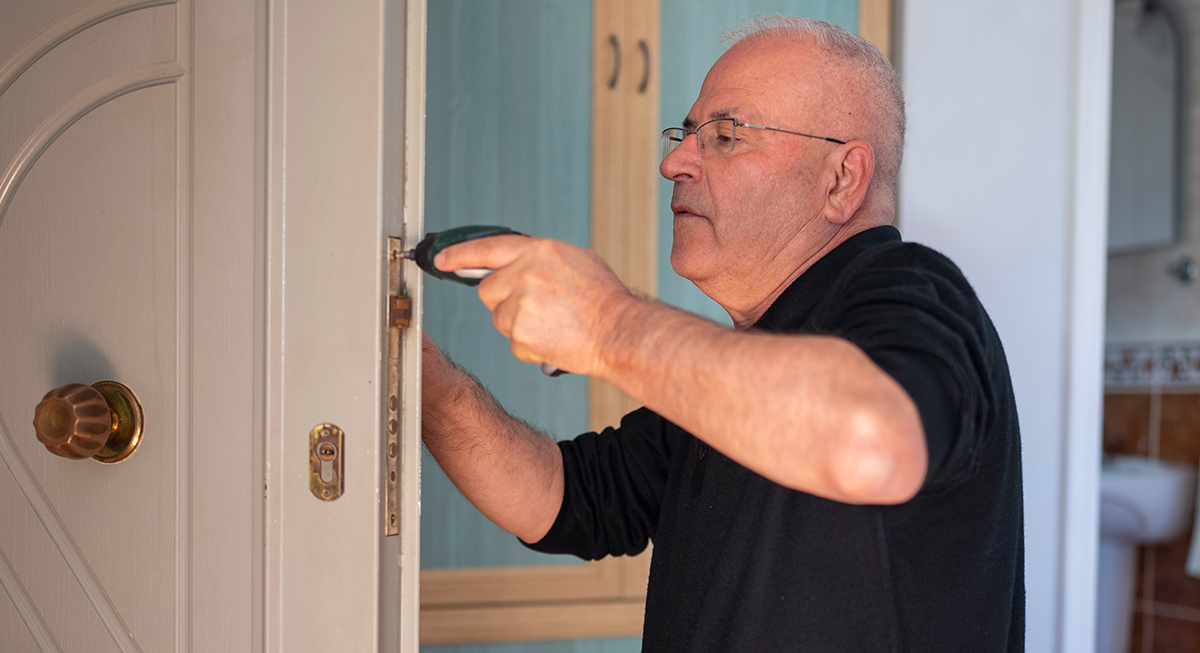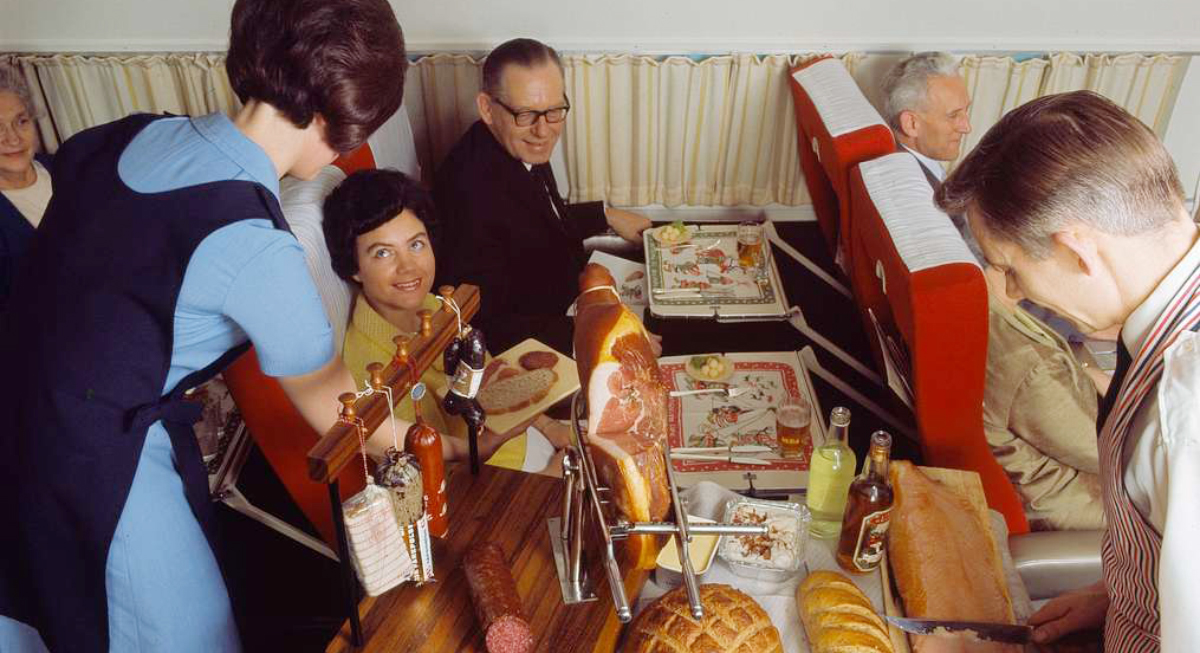A co-worker of mine just put an offer on a condo, and commented that he might have to pick up a part-time job to make the payments (and still have spending money, I assume). While my first thought was whether or not he should be making the purchase, I then began to think about ways he could save money.
This particular co-worker buys his lunch every day in our cafeteria. Let's estimate that he spends $35 a week on lunch. He likely spends more, but I'm playing the estimation game. On first glance, that seems an easy way to save $35 a week.
But wait. If you don't buy your lunch, you have to bring your lunch (because giving up meals is not a healthy way to be frugal). Brown bagging it is still not free. Bringing a sandwich or leftovers would be pretty frugal. I've been eating a lot of rice, beans, and cheese with a side of veggies lately. That's not expensive.
Let's be honest though. 75% of the time, I have a microwaveable meal for lunch - usually a Lean Cuisine or a Weight Watchers Smart Ones. Why? I like them, they're filling, and they're easy. And relatively low-cal.
I only buy these when they're on sale (well, most of the time). Lean Cuisines typically get knocked down to $2.50, and Smart Ones to $2.00. We'll use the higher price for this estimate. If I brought a microwaveable meal every day in a week, it would be about $12.50 a week. Ok, that's less than $35.
But wait. I don't only have one thing for lunch. Let's use today's lunch as the standard. I also have a Coke Zero, some baby carrots, an apple, and a granola bar. If I bought the Coke Zero full price (I never do), it would be 50 cents a can. I'm going to estimate the carrots are about 50 cents as well, and the apple cost $1 (I bought five very large, very delicious apples at the market for around $5 this weekend). The granola bar cost around 60 cents.
Adding that all up, that's $5.10 for the day, or $25.50 a week. That means my friend would save less than $10 if he ate like me. And like his purchased meal, this requires very little prep time (other than putting the carrots into a baggie and putting it all into my bag for lunch).
Of course, this estimate could be horribly skewed. First off, aside from the "main dish," that calculation assumes that everything was bought full price. Secondly, my "lunch" gets consumed throughout the day and covers both the meal itself and a morning and afternoon snack. If my friend is buying or bringing snacks, that's an added cost.
Still, that's a savings of at least $40 a month. Enough so that he wouldn't have to take a part-time job? Probably not. But I wonder if there are other little easy ways he could save a few bucks. Dollars add up!









